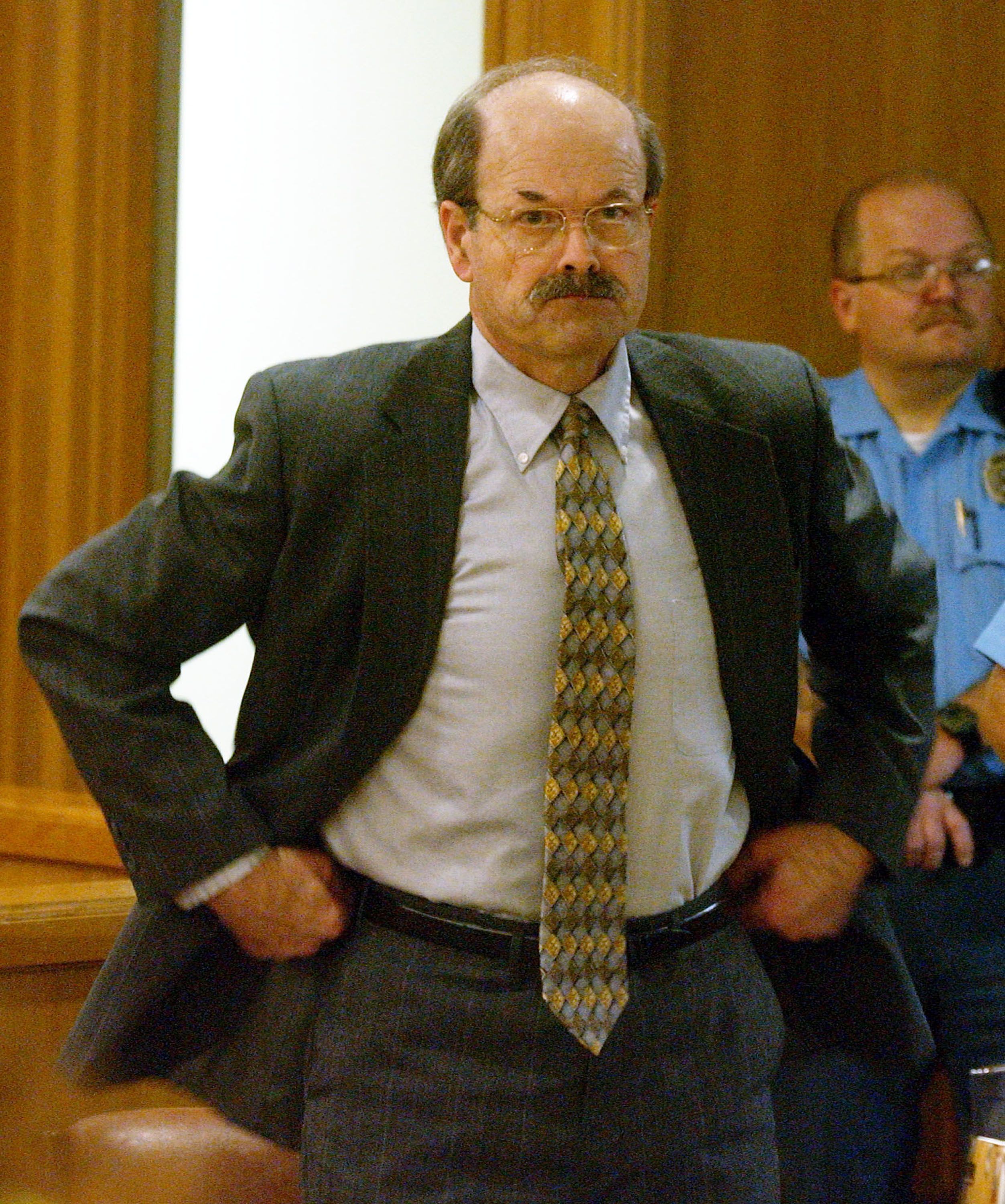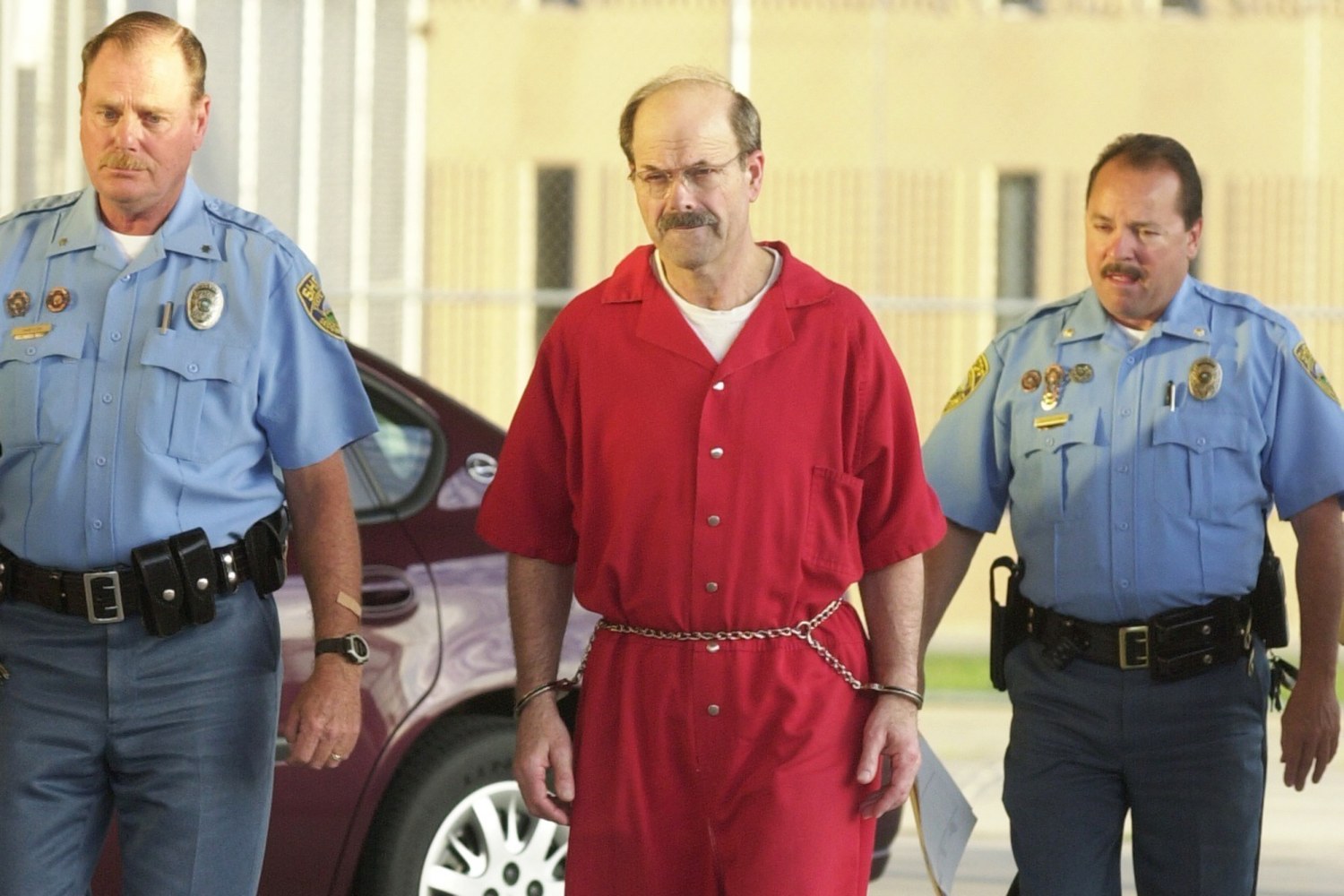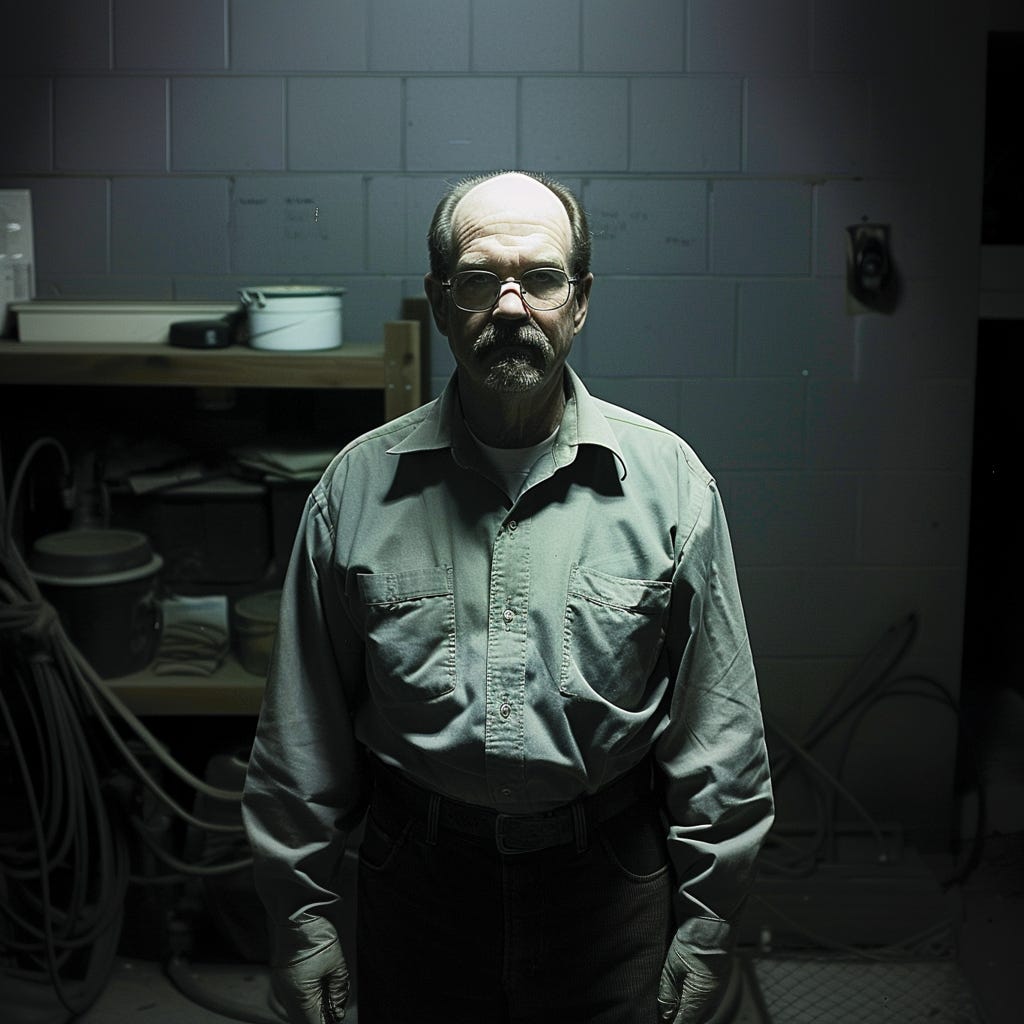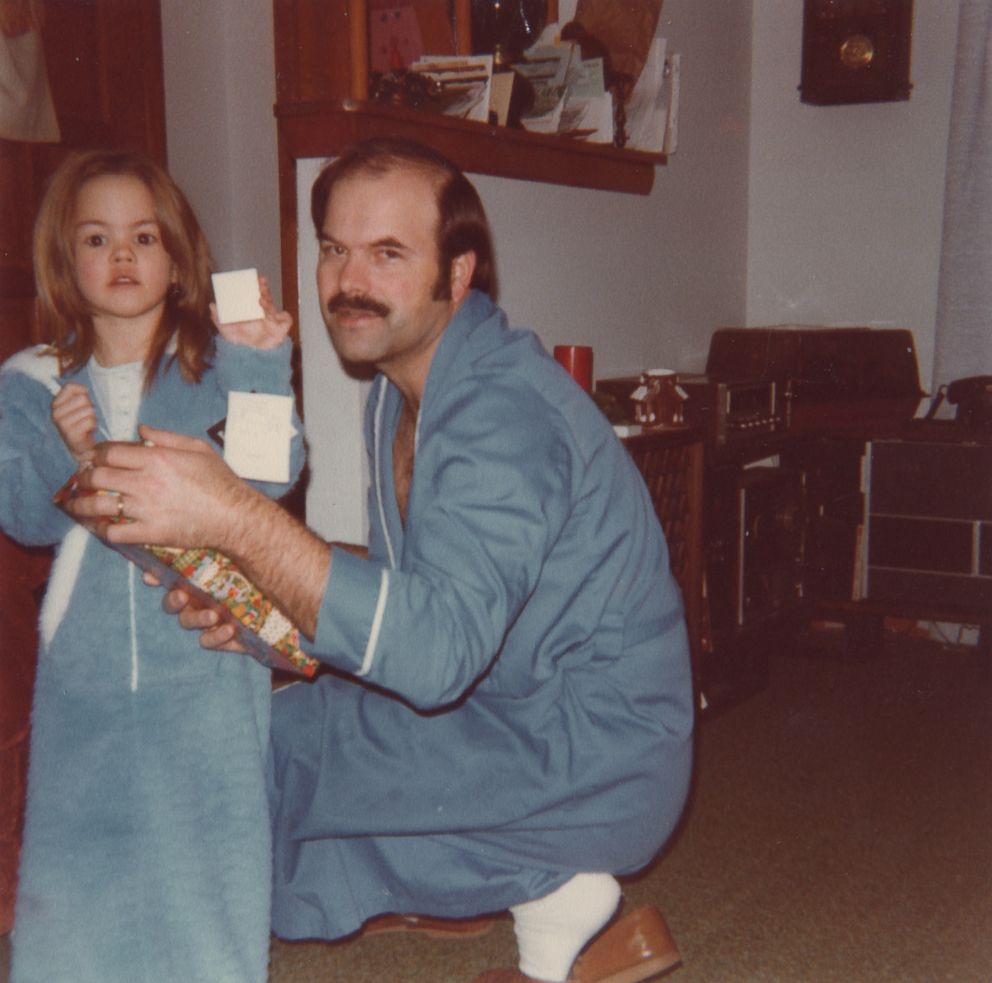
When discussing the most notorious serial killers in American history, names like Ted Bundy and Jeffrey Dahmer frequently dominate the conversation. However, there exists another figure whose dark legacy has often been overshadowed: **Dennis Rader**, infamously known as the **BTK Killer**. For more than thirty years, Rader instilled fear across the state of Kansas, committing a series of heinous crimes that would leave an indelible mark on the region. His story is not just one of violence and brutality; it is also a chilling narrative of manipulation and a relentless pursuit of infamy. Rader’s ability to evade capture for so long, while simultaneously taunting law enforcement and the media, adds a layer of complexity to his character. As we delve deeper into the life and crimes of this notorious individual, we uncover the disturbing details of his actions and the psychological motivations that drove him to commit such atrocities. Prepare yourself for a harrowing exploration of one of America’s most infamous criminals.
Who is Dennis Rader?

Dennis Rader, infamously known as the “BTK Killer,” was born on March 9, 1945, in the small town of Pittsburg, Kansas. He was raised in what appeared to be a typical American family, and to those around him, he seemed like an ordinary child. However, beneath this seemingly normal exterior lurked a deeply disturbed and twisted psyche. Rader’s early life was characterized by unsettling behaviors, including a disturbing fascination with bondage and violence. He later recounted that these dark tendencies began in his youth, where he would engage in the cruel act of killing animals and fantasizing about domination and control over others.
As Rader grew up, he moved to Wichita, Kansas, where he attended school and eventually enlisted in the U.S. Air Force during the 1960s. After completing his military service, he returned to Wichita, where he married and started a family, having two children. To the outside world, he presented himself as a devoted family man, holding various jobs throughout his life, including a position at the Coleman Company, a manufacturer of camping equipment.
In 1979, Rader achieved a significant milestone by graduating from Wichita State University with a degree in criminal justice. This educational background led him to a job with ADT, a home-security company, which ironically provided him with valuable insights into how to break into homes without being detected. In 1991, he took on the role of compliance officer in Park City, Kansas, where he was actively engaged in his community and even served as a leader in his local church and as a Boy Scout leader. Despite his outwardly respectable life, Rader’s hidden darkness would eventually reveal itself in the most horrifying ways.
The First Murders

Rader’s reign of terror commenced on **January 15, 1974**, when he committed his first heinous acts of murder. In a shocking display of brutality, he strangled four members of the **Otero family**, including two innocent children, within the confines of their own home in Wichita. This horrific incident marked the beginning of a chilling series of killings that would extend over several decades, leaving a profound impact on the community and instilling fear in the hearts of many.
### The Otero Family Tragedy
The Otero family, unsuspecting and innocent, became victims of Rader’s malevolence, making his actions all the more disturbing. In the aftermath of the murders, Rader took a watch from the family’s home, a grim souvenir that would establish a pattern in his future crimes. His modus operandi was characterized by the binding, torturing, and ultimately killing of his victims, a method he would later immortalize with the self-assigned nickname, BTK, which stands for “Bind, Torture, Kill.”
#### Escalation of Violence
Following the tragic Otero murders, Rader’s insatiable thirst for violence only intensified. In April 1974, he set his sights on a 21-year-old woman who was also an employee at Coleman. During this encounter, he unexpectedly came face-to-face with her brother, who bravely managed to escape despite being shot in the process. Tragically, Rader went on to fatally stab the young woman before fleeing the scene, leaving behind a trail of devastation and fear that would haunt the community for years to come. Each of these acts contributed to the growing terror associated with Rader, solidifying his reputation as one of the most notorious serial killers in American history.
The Letters and the Media

Rader had an insatiable desire for attention, and he cleverly sought it through the medium of letters. In 1974, he took a bold step by sending a letter to the local media in which he detailed the horrific Otero murders. In this chilling correspondence, he introduced his infamous moniker, stating, “the code words for me will be…bind them, torture them, kill them, B.T.K.” This audacious act was not merely a confession; it was a calculated taunt directed at law enforcement and the public alike. The ensuing media frenzy served to inflate his already burgeoning ego, as the public’s fascination with the case grew exponentially.
### Public Panic and Media Coverage
As Rader continued his reign of terror, he became increasingly frustrated with what he perceived as a lack of media coverage surrounding his gruesome activities. In a desperate attempt to garner the attention he craved, he penned a letter to a local television station, lamenting, “How many people do I have to kill before I get a name in the paper or some national attention?” This plea for recognition only served to heighten the public’s fear and intrigue regarding the BTK Killer, as they grappled with the chilling reality of a murderer who was not only active but also seeking the spotlight.
#### The Cold Cases
After a series of brutal murders that left the community in a state of terror, Rader inexplicably went silent for several years. His last confirmed murder took place in 1991, after which the cases went cold, leaving the community in a perpetual state of anxiety and uncertainty. Residents were left to wonder whether the killer had met his demise or had simply chosen to stop his heinous acts. Unbeknownst to them, Rader was still lurking in the shadows, biding his time and waiting for the opportune moment to reemerge and reclaim the attention he so desperately sought.
The Resurgence of BTK

In 2004, on the 30th anniversary of his first murders, a local paper speculated that the BTK Killer might be dead or imprisoned. Rader, feeling the need to assert his presence, sent various evidence from his ninth murder to a reporter. This included a copy of the victim’s driver’s license and photographs of her body, reigniting the fear that had long been dormant.
The Cereal Box Packages
Rader’s communication with the media took a bizarre turn when he began sending packages containing crime souvenirs, drawings, and even dolls posed to mimic the deaths. He cleverly used cereal boxes, possibly as a nod to being a “serial killer.” This twisted sense of humor only added to the horror of his actions.
The Floppy Disk Trap
In January 2005, Rader sent a note asking if police could trace a floppy disk he wanted to send. Law enforcement, thinking they had a chance to catch him, indicated it would be safe. Rader sent the disk, which was quickly traced back to his church, where he served as president of the congregation. This was the break police had been waiting for.
The Arrest and Confession

On February 25, 2005, Dennis Rader was arrested. The evidence against him was overwhelming, including DNA that matched the semen found at the first crime scene. In a shocking twist, Rader expressed disbelief that the police had deceived him. He confessed to the murders, revealing the chilling details of his crimes.
The Court Proceedings
In June 2005, Rader pled guilty to ten counts of first-degree murder. He was sentenced to ten consecutive life terms without the possibility of parole. The courtroom was filled with victims’ families, seeking closure and justice for the horrors Rader had inflicted upon them.
Life Behind Bars
Today, Rader is serving his sentence in a maximum-security prison. His story serves as a grim reminder of the darkness that can lurk behind a seemingly normal facade. The BTK Killer’s legacy is one of fear, manipulation, and the chilling reality of human depravity.

The story of Dennis Rader, the BTK Killer, is a haunting tale that continues to captivate and horrify. His ability to blend into society while committing heinous acts is a chilling reminder of the duality of human nature. As we reflect on his crimes, we must also consider the impact on the victims and their families, who continue to live with the scars of his actions.
Table: Key Facts About Dennis Rader
| Fact | Details |
|---|---|
| Name | Dennis Rader |
| Alias | BTK (Bind, Torture, Kill) |
| Birth Date | March 9, 1945 |
| First Murder | January 15, 1974 |
| Last Murder | 1991 |
| Arrest Date | February 25, 2005 |
| Sentence | 10 consecutive life terms |
In the end, the chilling saga of Dennis Rader serves as a stark reminder of the darkness that can exist within individuals. It challenges us to remain vigilant and aware of the signs of such depravity in our communities. After all, the BTK Killer was not just a monster; he was a man who walked among us.

